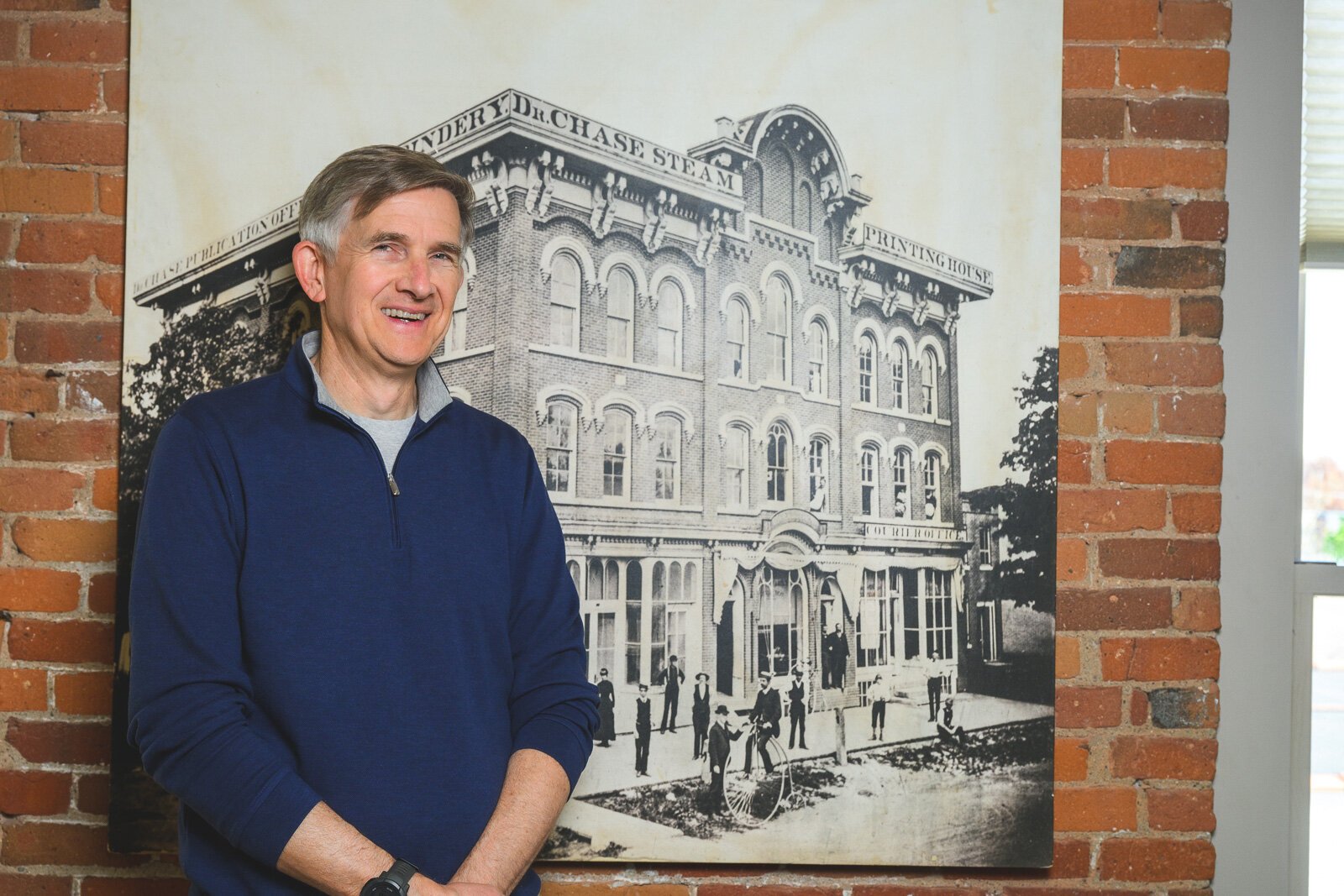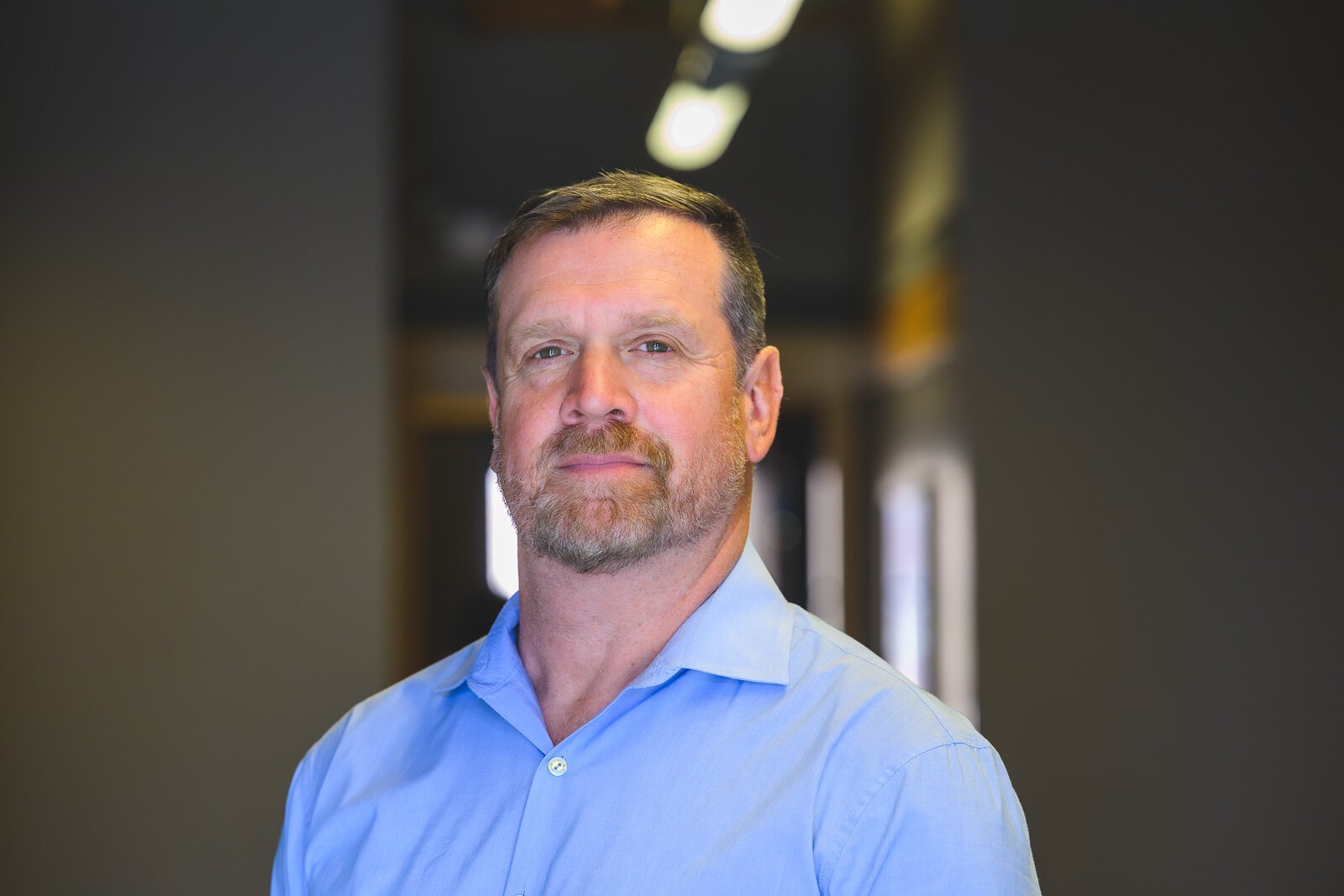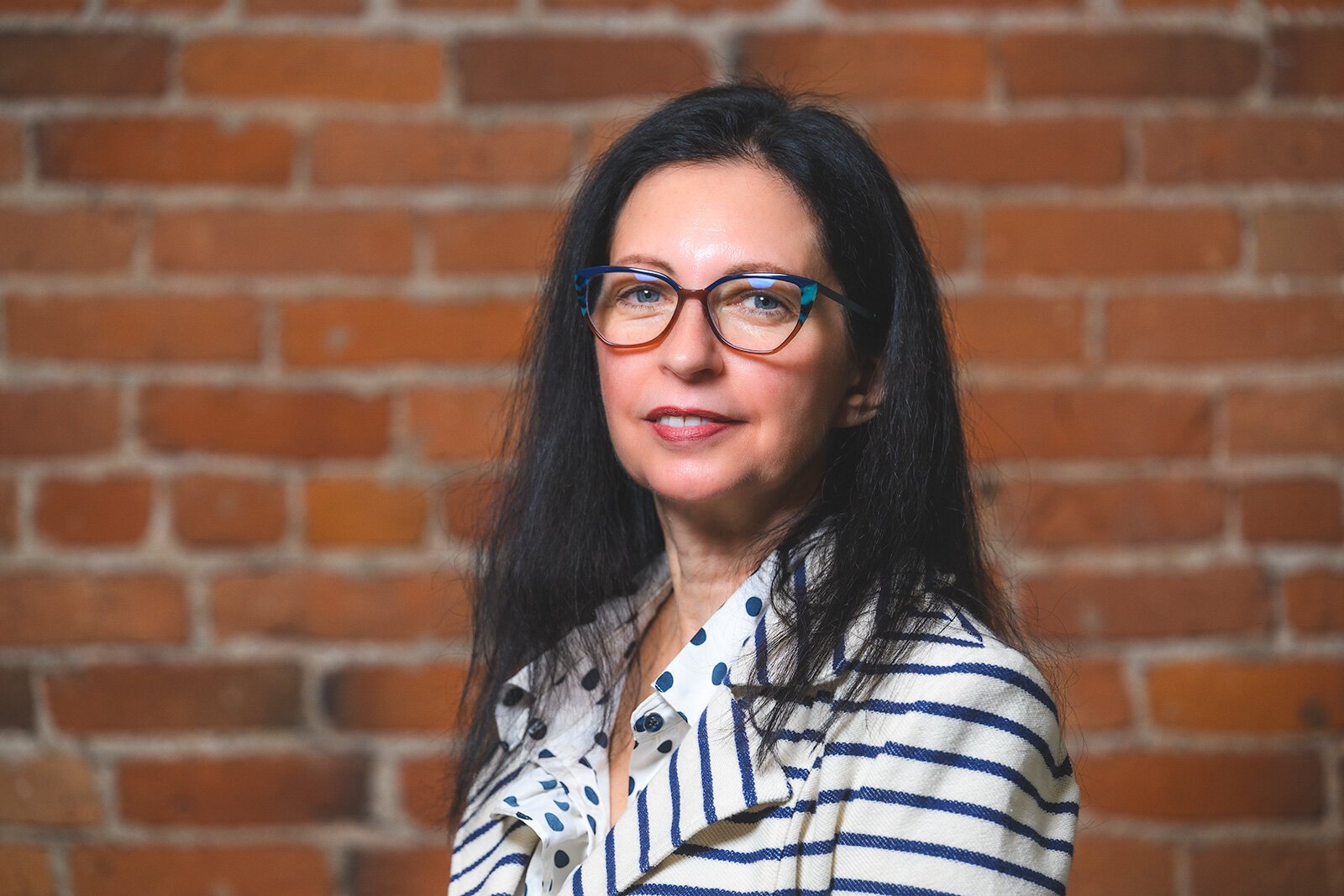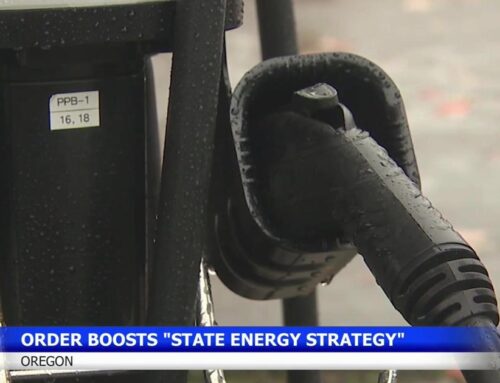Community foundation’s impact investing takes chances on unconventional Washtenaw County p
June 11, 2025
The idea of impact investing has been around in the nonprofit world for over 20 years. But it’s relatively new to AAACF. Impact investing involves investing in community projects with a real-world impact, providing benefits to the community while also returning a profit on the foundation’s investment. These agreements often fund projects that otherwise wouldn’t be eligible for grants and also aren’t attractive to traditional lenders like banks and credit unions. AAACF staff provide technical support like helping navigate paperwork or cutting through government red tape.
AAACF President and CEO Shannon Polk says she sees many foundations are looking into impact investing, “but maybe only a small handful are actually doing it.”

 Doug CoombeShannon Polk.
Doug CoombeShannon Polk.
AAACF’s Impact Investing program started small, investing 1% of the foundation’s portfolio, or about $200 million. Staff decided to focus on three key areas that studies had identified as underfunded: housing, child care, and small businesses, particularly BIPOC- and women-owned ones.
AAACF CFO Jamie Hunter says the foundation’s board was excited about initial outcomes and shortly asked to raise the investment in the Impact Investing program to 5% of the foundation’s portfolio, with aspirations of raising the amount to 10% in the future.
An innovative tool for nonprofit community investing
Hunter says that, contrary to what some might believe, community foundations aren’t “hoarding” capital. Rather, they are actively seeking to both provide community infrastructure and steward the nonprofit’s funds wisely.
AAACF’s Impact Investing program was highlighted in a study by the Aspen Institute that examined new trends in community foundations. The report noted that AAACF was innovative in using an impact investing committee and investing “salons” to guide the foundation’s investment choices.
“We’re looking at every possible avenue to utilize that capital for community good, and impact investing is one of the new tools in our toolkit,” Hunter says.

 Doug CoombeJamie Hunter.
Doug CoombeJamie Hunter.
Polk says that while other foundations have begun exploring impact investing, it’s fairly rare to find a staffer dedicated solely to a foundation’s impact investing arm. However, AAACF has Impact Investing Manager Frances Todoro-Hargreaves.
Many foundations will implement impact investing through a third party, and AAACF still does that on some small projects. But now, through the Impact Investing program, AAACF acts as a fiduciary on larger projects rather than delegating that to a third party.
“I’m able to meet them on the ground here locally and create a deal that works for them, and then they pay us back directly,” Polk says. “We look at ourselves as catalytic in areas that really need support.”
Case studies
AAACF staff began exploring the idea of impact investing about seven or eight years ago, but the Impact Investing program has only been officially running for about four years. A report from AAACF found that the program invested $4.2 million in its first three years. Tangible results included more child care slots available in Ann Arbor, improved salaries and benefits for child care staff, support for a micro-lending program aimed at women-owned small businesses, and more.
Polk calls the Dorsey Estates workforce housing project in Ypsilanti one of the program’s early wins and its first impact investing deal that wasn’t through an intermediary. The foundation gave $1 million to woman-owned development firm Renovare for its work on the project.
“That’s the first big investment in new housing happening in Ypsilanti in 50 years,” Polk says.
Hunter says Dorsey Estates is an example of AAACF’s efforts to be a catalyst for growth, because the development not only provides affordable housing but also helps residents build generational wealth. The project offers homes for sale at prices affordable to people making 40-80% of the area median income.
“It allows people to build a nest egg, and you know that’s huge wealth creation among people that traditionally haven’t had that avenue in the past because they’ve been renters,” Hunter says. “It’s a win-win, because it’s both affordable housing and wealth creation in a place that just hasn’t had that type of investment for decades.”
Another win in Ypsilanti was nonprofit A Brighter Way’s purchase of a house to provide long-term transitional housing for formerly incarcerated individuals.

 Doug CoombeA Brighter Way Executive Director Adam Grant at the house his nonprofit purchased with assistance from AAACF’s Impact Investing program.
Doug CoombeA Brighter Way Executive Director Adam Grant at the house his nonprofit purchased with assistance from AAACF’s Impact Investing program.
Christopher Lemon, AAACF’s Vice President for Community Investment, says that sometimes his heart sinks when someone calls and asks about a grant, knowing the foundation probably is unable to provide meaningful help that way. But some of those projects, like the house purchased by A Brighter Way, can now be funneled to the Impact Investing program. 
 Doug CoombeChristopher Lemon.
Doug CoombeChristopher Lemon.
“They tried to get a traditional loan through a bank and were told no, so they came to us. We’ll be there to take those bigger risks for the community and the social impact side of contract investing,” Lemon says.
Ann Arbor-based Apple Playschools also was turned down by traditional lenders when looking to expand. The schools’ executive director, Etta Heisler, says they were a victim of their own success.
It’s much more expensive, largely because of staff-to-child ratio requirements, to take care of children under 30 months than it is to care for older toddlers and preschoolers. But most parents can’t afford to spend three times as much for an infant as for a 4-year-old in child care. So families are charged less than cost for those slots and the schools charge a little over cost for the slots for older children.

 Doug CoombeManzanitas Spanish Immersion Playschool in Ann Arbor.
Doug CoombeManzanitas Spanish Immersion Playschool in Ann Arbor.
Apple Playschools was offered additional space by the landlord of one of its properties, West Side United Methodist Church, but couldn’t raise funds in traditional ways for a renovation that would result in additional, desperately needed child care spots. Heisler says studies show that only about one in eight families who want to place a child under 5 in child care can find an available space for them.
“We have a child care system that relies entirely on families of children bearing the cost of it while the entire economy benefits,” Heisler says. “When they can’t pay for child care, they can’t go to work and participate in the economy. Our state is losing almost $3 billion a year due to lack of child care.”
Because the AAACF was willing to risk a loan to Apple Playschools, the schools will be able to renovate and expand.
“And in the end, it’s created 50 additional child care spaces,” Todoro-Hargreaves says. “It’s created 11 more jobs in the community with an acceptable wage, which also helps with economic mobility.”

 Doug CoombeFrances Todoro-Hargreaves.
Doug CoombeFrances Todoro-Hargreaves.
Polk says that AAACF has long been committed to addressing economic inequities across the county, and impact investing is about building long-term infrastructure with tangible impacts.
“We’re going to make investments where there’s a critical need, and amplifying what we do through impact investing is just another step in that direction,” Polk says.
All photos by Doug Coombe.
Enjoy this story? Sign up for free solutions-based reporting in your inbox each week.
Search
RECENT PRESS RELEASES
Related Post




